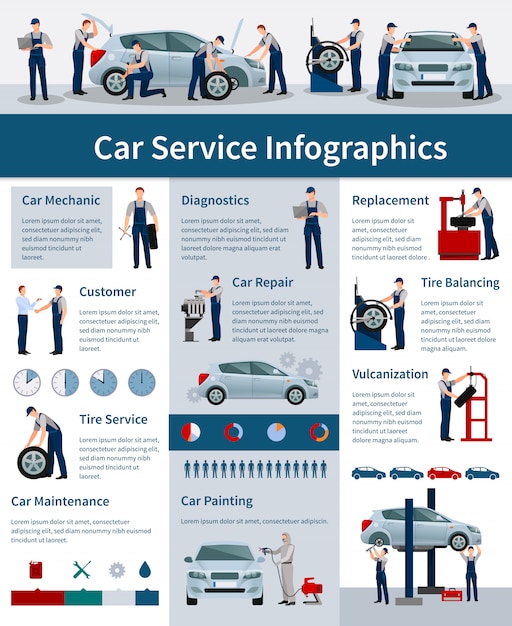Comprehending Your Auto'S Warning Lighting: What Do They Actually Mean?
Comprehending Your Auto'S Warning Lighting: What Do They Actually Mean?
Blog Article
Content Develop By-Lauritsen Alvarado
When you're behind the wheel, those beautiful warning lights on your dashboard can be a little bit difficult. Do you know what they're attempting to tell you regarding your vehicle's health? Comprehending the importance of these lights is essential for your safety and security and the long life of your lorry. So, the following time one of those lights appears, would not you wish to analyze its message properly and take the needed actions to resolve it?
Common Warning Lighting and Interpretations
Determine common caution lights in your car and comprehend their meanings to guarantee risk-free driving.
The most regular caution lights consist of the check engine light, which signals concerns with the engine or discharges system. If you can try here begins, it's crucial to have your lorry checked without delay.
The oil pressure cautioning light shows reduced oil pressure, requiring immediate focus to avoid engine damages.
A flashing battery light could suggest a faulty charging system, possibly leaving you stranded otherwise resolved.
The tire stress tracking system (TPMS) light alerts you to reduced tire stress, impacting car security and gas effectiveness. Neglecting this could lead to risky driving conditions.
The ABS light shows a problem with the anti-lock stopping system, jeopardizing your ability to quit promptly in emergency situations.
Last but not least, the coolant temperature cautioning light warns of engine getting too hot, which can cause serious damages otherwise dealt with promptly.
Understanding these typical caution lights will certainly assist you address issues without delay and preserve risk-free driving conditions.
Value of Prompt Interest
Recognizing the common caution lights in your auto is just the initial step; the value of immediately attending to these warnings can't be stressed enough to ensure your security when traveling.
When a warning light illuminates on your dashboard, it's your auto's means of communicating a potential issue that needs attention. Ignoring detailing automobiles can lead to more extreme problems in the future, jeopardizing your safety and security and possibly costing you more in repairs.
Motivate attention to alerting lights can avoid failures and mishaps. For instance, a blinking check engine light might show a misfire that, if left unattended, might cause damage to the catalytic converter. Resolving this immediately can conserve you from an expensive repair.
In a similar way, a brake system advising light might signal low brake fluid or worn brake pads, important parts for your safety and security when driving.
DIY Troubleshooting Tips
If you see a warning light on your control panel, there are a couple of do it yourself repairing tips you can try prior to looking for specialist aid.
The first step is to consult your automobile's guidebook to recognize what the details caution light indicates. Occasionally the issue can be as simple as a loosened gas cap setting off the check engine light. Tightening the gas cap might deal with the problem.
One more typical issue is a low battery, which can cause different cautioning lights. Inspecting the battery connections for deterioration and guaranteeing they're safe and secure could fix the trouble.
If a warning light persists, you can attempt resetting it by separating the auto's battery for a few minutes and afterwards reconnecting it. In addition, checking your automobile's fluid degrees, such as oil, coolant, and brake fluid, can aid repair advising lights connected to these systems.
Final thought
To conclude, understanding your cars and truck's caution lights is vital for maintaining your automobile running efficiently and securely. By without delay addressing these notifies and recognizing what they suggest, you can avoid costly repair work and potential failures.
Remember to consult your cars and truck's guidebook for particular information on each alerting light and do something about it appropriately to make certain a hassle-free driving experience.
Remain notified, stay risk-free when traveling!
